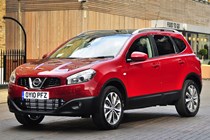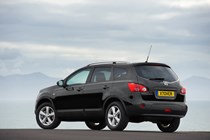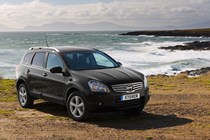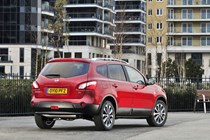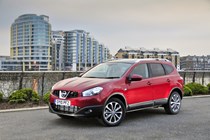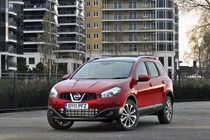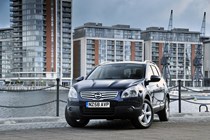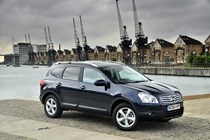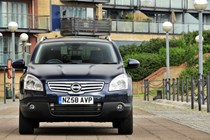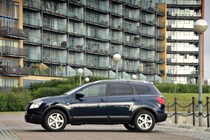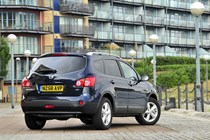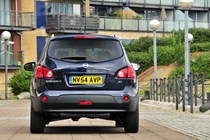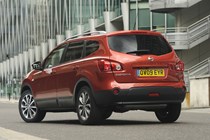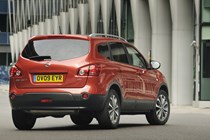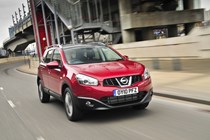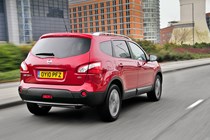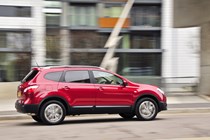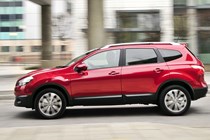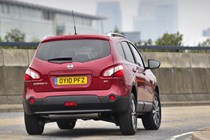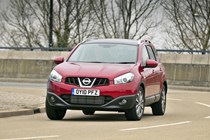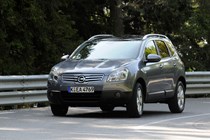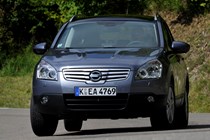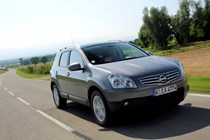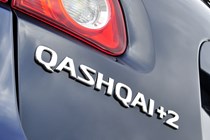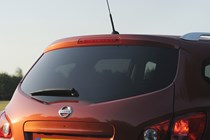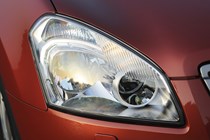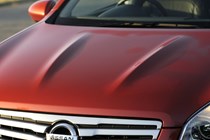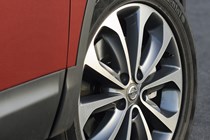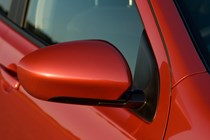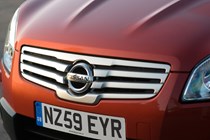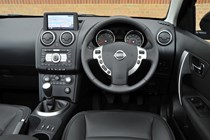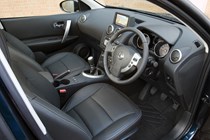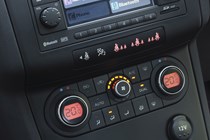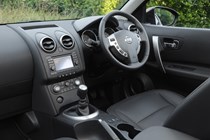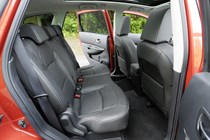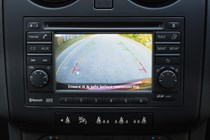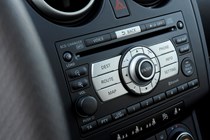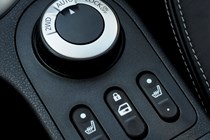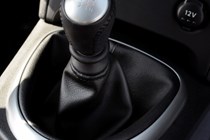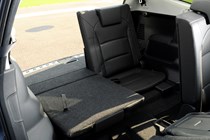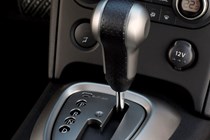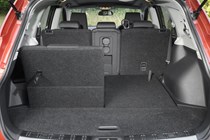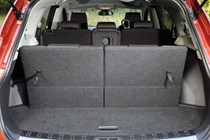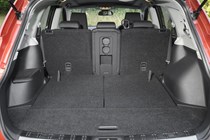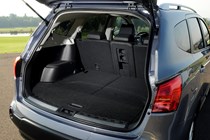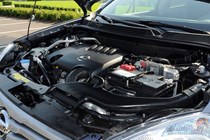
Nissan Qashqai+2 Estate (2008-2013) engines, drive and performance
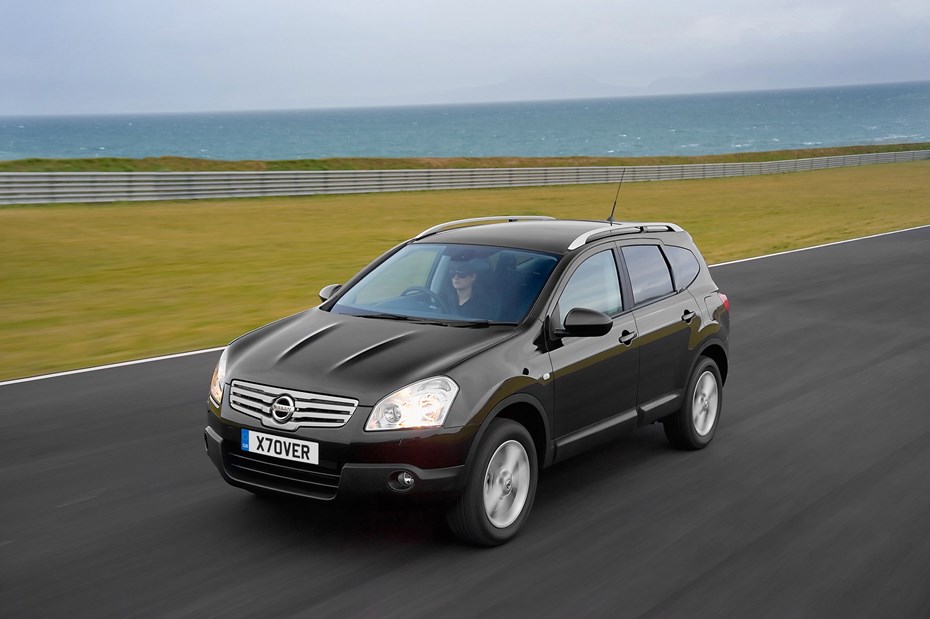
The 2.0-litre petrol engine in the Qashqai+2 produces 140bhp and decent pulling power, but while it’s decently brisk on paper (0-62mph in 10.5 seconds for the front-wheel drive version is only slightly slower than the five-seat version), the 150bhp diesel engine has a much more effortless power delivery. There’s strong in-gear punch from low down, making the diesel Qashqai+2 a more relaxed companion on the road, but with plenty of poke when needed.
Standard gearboxes on both engines are six-speed manuals, while automatic gearboxes are offered on the 4x4 versions of the Qashqai+2 – a CVT on the petrol with six ‘artificial’ gear ratios for manual gearchanges, or a conventional six-speed automatic on the diesel. In January 2009 the 1.6-litre petrol engine with 115bhp was introduced along with the frugal 1.5 dCi.
The petrol is quicker, covering 0-62mph in 12.9 seconds compared to 13.3 seconds for the diesel, but the dCi is very frugal with an average economy of 50mpg – plus it emits less CO2, making it cheaper to tax.
Changes were made to the suspension of the Qashqai+2 to ensure its good on-road behaviour didn’t suffer as a result of the extra weight and a higher centre of gravity. As a result it still feels pretty sharp for a family car, so while its comfortable suspension set-up allows a degree of roll into corners, there is still excellent body control. The Qashqai+2 has a slightly longer wheelbase than the standard car which also means a small improvement in the ride quality.
Four-wheel drive versions come with the option of remaining in two-wheel drive mode or there’s an automatic 4WD setting which engages drive to the rear wheels as well as the front when necessary. Alternatively four-wheel drive mode can be locked for use on loose or slippery surfaces.


